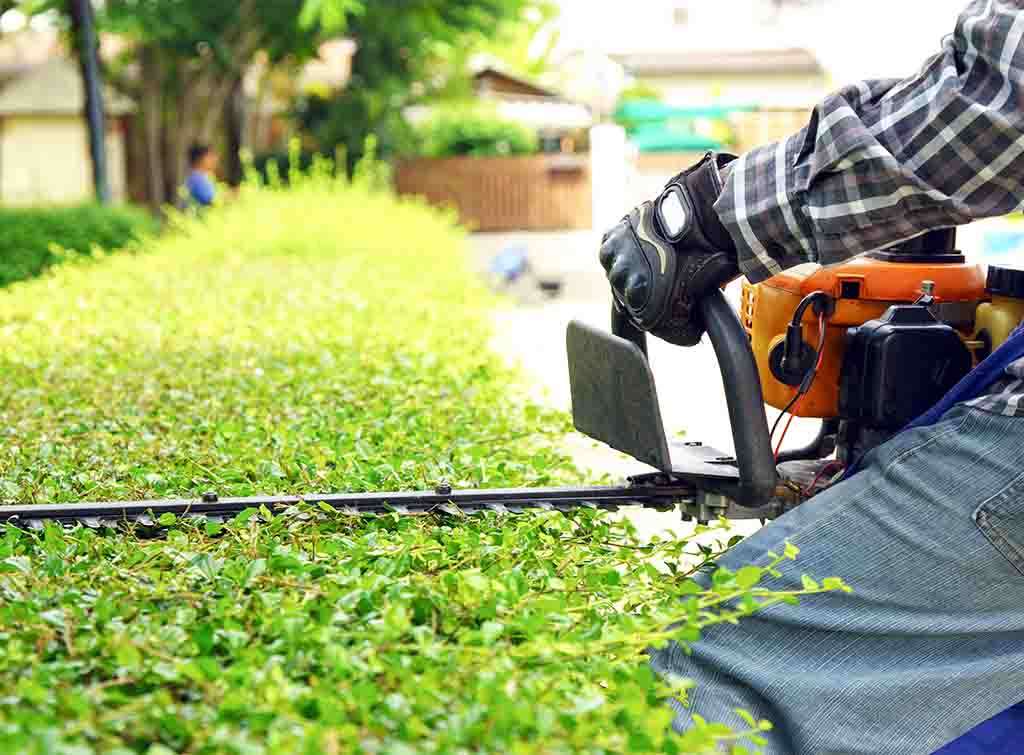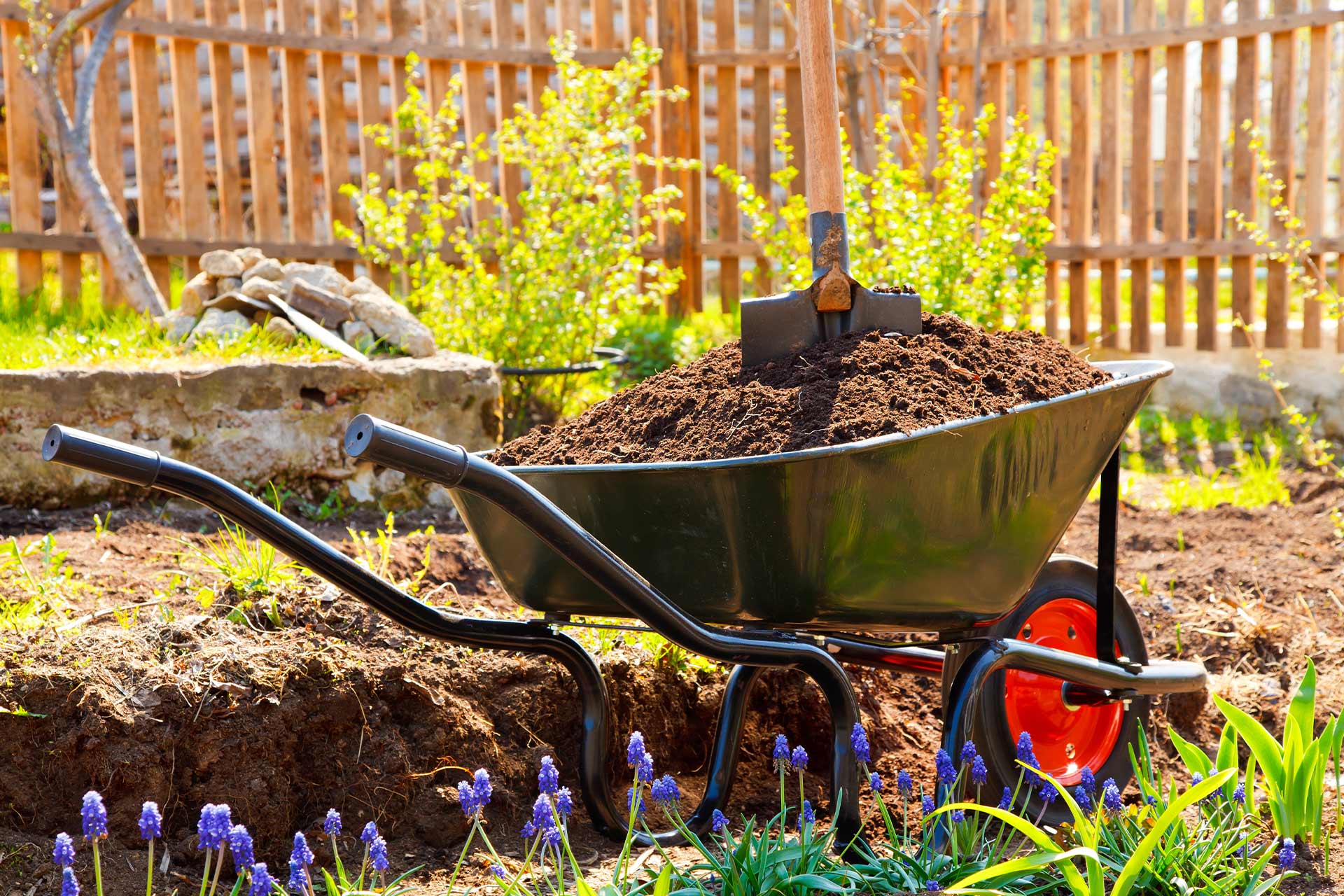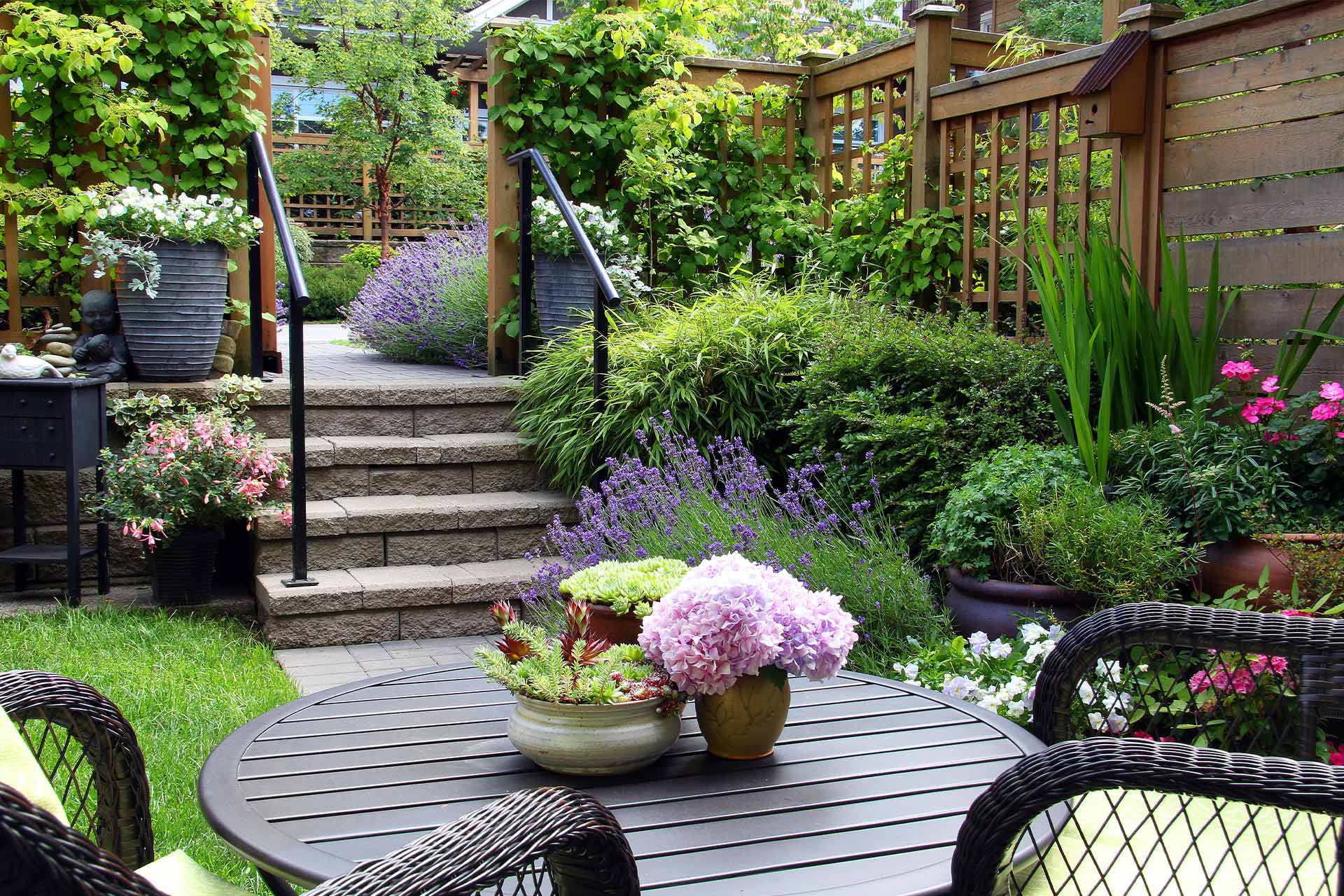Blog>Expert Advice>Common privet hedge problems: Everything you need to know
Last updated: 10 December 2024
Common privet hedge problems: Everything you need to know
Struggling with privet hedge problems? Discover common issues, possible solutions and when to hire a trusted expert to ensure your privet hedge stays looking its best.
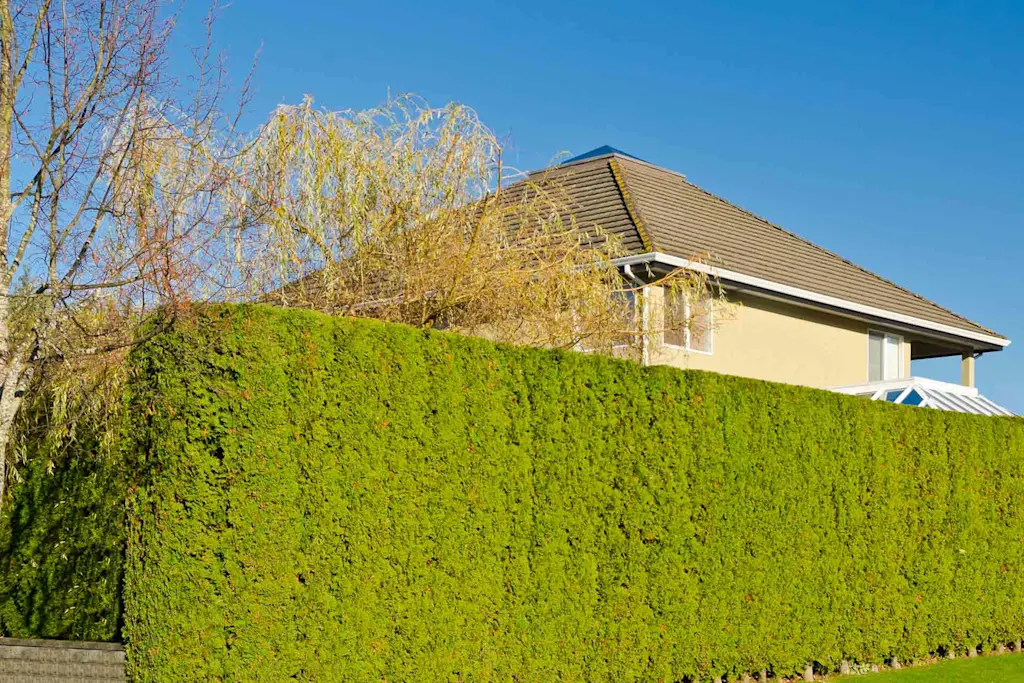
Privet hedge is a popular choice for UK gardens - and it's easy to see why. Privet is super low maintenance, creates privacy from neighbouring houses and offers a gorgeous landscape feature of green or variegated foliage.
But while privet hedge tolerates poor soil and is resistant to many pests and diseases, like most plants, you might face privet hedge problems now and again.
Read on to:
Discover common privet hedge problems
Learn how to spot the warning signs
Decide how to treat the issue
Remember it's always better to address privet hedge problems sooner rather than later to prevent further damage.
That's why the best course of action is always to call a professional gardener from Checkatrade who can help.
See the tradespeople we've checked and recommend for your job
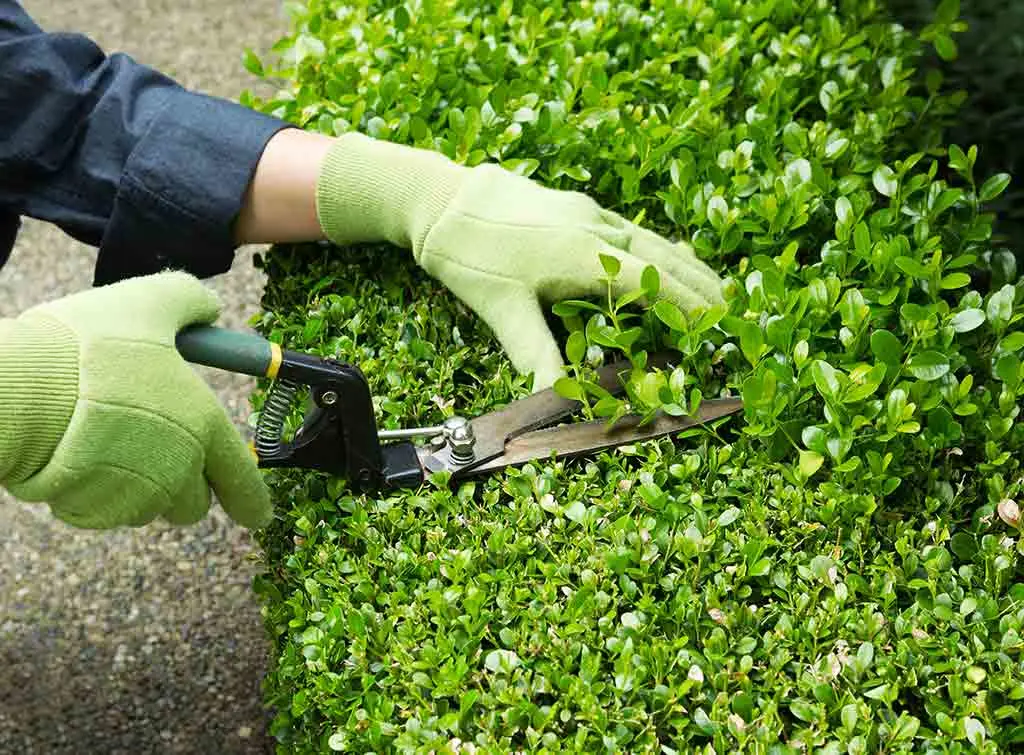
Common privet hedge problems
Privet hedges are extremely hardy and resilient shrubs that mostly withstand the fluctuating UK climate.
However, privet hedges can face a number of common problems, including:
Pests
The most common privet hedge pests include vine weevil, spider mites, aphids and scale insects.
Diseases
Common privet hedge disease UK include honey fungus, powdery mildew, rust and leaf spot and privet wilt. Honey fungus is particularly dangerous and can kill your privet hedge if not dealt with quickly.
Overgrown or poorly shaped hedges
Privet hedges can develop bare spots if not pruned properly. You can encourage growth by pruning the terminal buds at a 45-degree angle, about a quarter of an inch above the newest bud.
Root rot
Privet hedges need regular watering, but if your soil doesn't drain well, this can soon lead to root rot. Overwatering can also cause leaf loss.
Browning leaves
Heat waves and drought can cause privet hedge brown leaves and leaf drop. Watering well and mulching the soil to help your privet retain water is the best way to fight back against high heat.
It's important to identify privet hedge problems promptly and deal with them quickly to prevent your privet hedge dying.
Contact a professional gardener in your area who is experienced in privet hedge care.
See the tradespeople we've checked and recommend for your job

Why is my privet hedge turning brown?
It can be concerning if your once gloriously green privet hedge is turning brown.
But there are many reasons why this can happen including pests, diseases, weather, and poor drainage.
However, once you've identified the problem, there are some steps you can take to treat it.
Let's take a look at some possible causes of privet hedge brown leaves:
Honey fungus
A highly contagious disease and one of the most likely reasons for your privet hedge turning brown and dying. Also causes cracking on the barks and stems and honey-coloured mushrooms around the base.
How to fix it: Uproot the hedge and burn the infected plant or send it to landfill. Don't compost it or plant another privet hedge in the space as it's highly contagious.
Pests
Aphids, caterpillars or privet sawfly larvae can cause browning and foliage to die.
How to fix it: Spray plants with water to dislodge the pests.
Other fungal disease
Leaf spot or powdery mildew can cause yellow or brown spots on leaves.
How to fix it: Remove affected leaves and treat with a fungicide.
Cold or wet weather
Damp and humid conditions can cause serious privet hedge problems and cause leaves to turn brown. This might be especially true if you live somewhere that experiences a lot of cold and wet weather.
How to fix it: Make sure privet hedges are planted somewhere with good air circulation and sunlight to keep it dry.
Poor drainage
Poor drainage and prolonged wet conditions may lead to leaves turning yellow or brown.
How to fix it: Plant privet hedges in level, well-draining soil. If the soil is waterlogged add organic matter to improve drainage. Try to avoid walking on wet soil as compacted soil can make drainage worse.
In many cases privet hedges can be revived by cutting the plant back halfway to stimulate growth.
Head to our hedge trimming cost guide to find out how much you'll ned to pay a gardener to do the job for you.
Hedge trimming cost guide
Even in countryside spaces, incorrect maintenance or removal of a hedge can lead to fines of up to £5000. By comparison, our research found the average hedge trimming service cost to be £90 per hour with an average timescale of 1-3 hours.
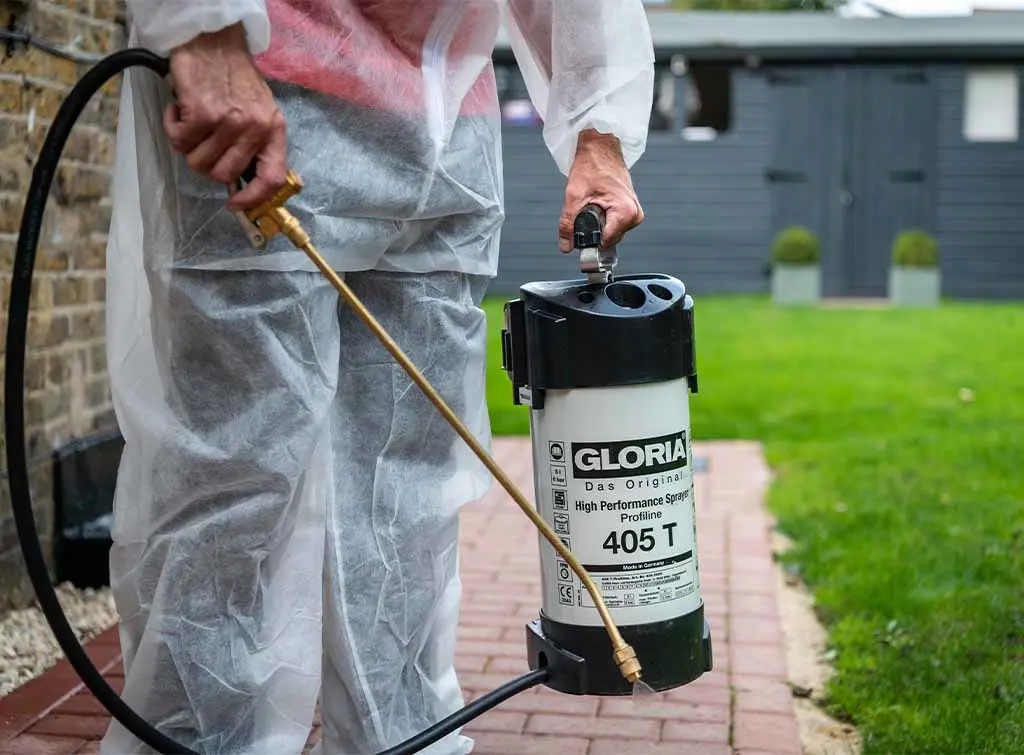
How to deal with privet hedge pests
Lean about common pests affecting privet hedges and ways to deal with them.
Spider mites
These microscopic pests feed on the sap of the leaves and thrive in warm, dry conditions.
Signs of infestation: Visible yellow spots and white webbing.
Treatment: Spider mites can be treated with insecticides. It's important to apply the treatment thoroughly and reapply every few weeks to prevent re-infestation.
Scale Insects
These small pests feed on the sap of the leaves and stems, which can cause significant damage to privet hedges over time.
Signs of infestation: The main symptom is visible yellow spots on the underside of leaves or around the stem tips.
Treatment: Insecticidal soaps or horticultural oils. Apply the treatment at least twice to ensure any newly hatched insects are also killed.
Privet aphids
Privet aphids like to hide underneath leaves and suck the sap. Unlike many garden pests, aphids are visible which means they can be treated using a variety of ways including non-chemical methods.
It's important to remember that privet aphids support local biodiversity and are an important part of the diets of many predators like ladybirds and earwigs.
Signs of infestation: Look for misshapen, curling, or yellowing leaves. Or a sticky substance called honeydew on the leaves or stems.
Treatment: Flush away with a good watering or prune to remove heavily infested leaves and branches. Natural insecticidal soaps are good for heavy infestations. You can also introduce more ladybirds and beetles into your garden - or pluck from the plants and squash them.
See the tradespeople we've checked and recommend for your job
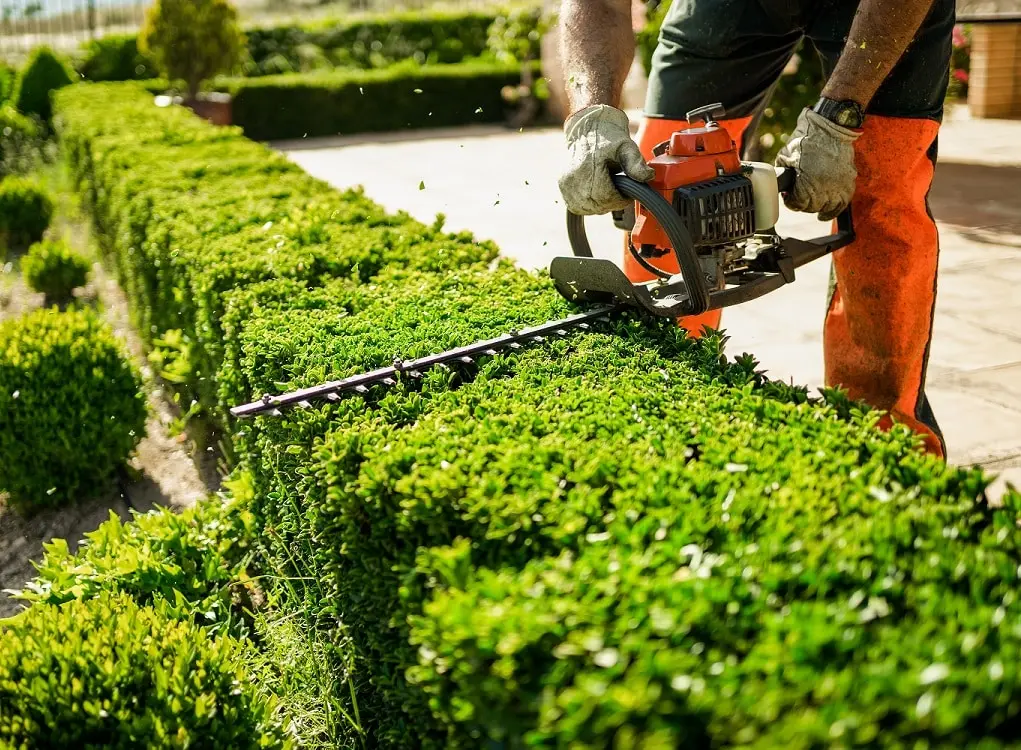
How to treat privet hedge disease in the UK
Common privet hedges diseases should be dealt with quickly to prevent your privet hedge dying.
Learn about common disease that affect privet hedges in UK gardens including treatment options you can try.
Powdery mildew
A common fungal disease that affects many plants including privet hedges.
Signs of disease: Infected plants have white patches on the steams and leaves, which can cause yellowing and wilting if left untreated.
Treatment options: Apply a fungicide directly to all the affected areas and follow application directions carefully so you don't miss any spots. It's a good idea to apply a second treatment two weeks later to treat any newly infected areas.
Honey fungus
A common fungal disease that can kill privet hedges if left unchecked.
Signs of disease: Honey-coloured mushrooms growing at the base of the hedge or in the roots which can start as a network of microscopic white threads (known as mycelium). Other symptoms include poor growth and cracking on the stems.
Treatment options: There is no cure for honey fungus and infected privets should be removed and destroyed immediately. The best way to prevent honey fungus is to remove fallen leaves or twigs from around the privet hedge.
Rust and leaf spot
These are two fungal diseases that affect privet hedges.
Signs of disease: Both cause spots of discolouration on the leaves. Rust is reddish-orange in colour while leaf spots are generally yellow or brown.
Treatment options: Use fungicides to treat the problem. Catch early if possible and cover all affected areas to stop further infections.
How to trim and maintain your privet hedge
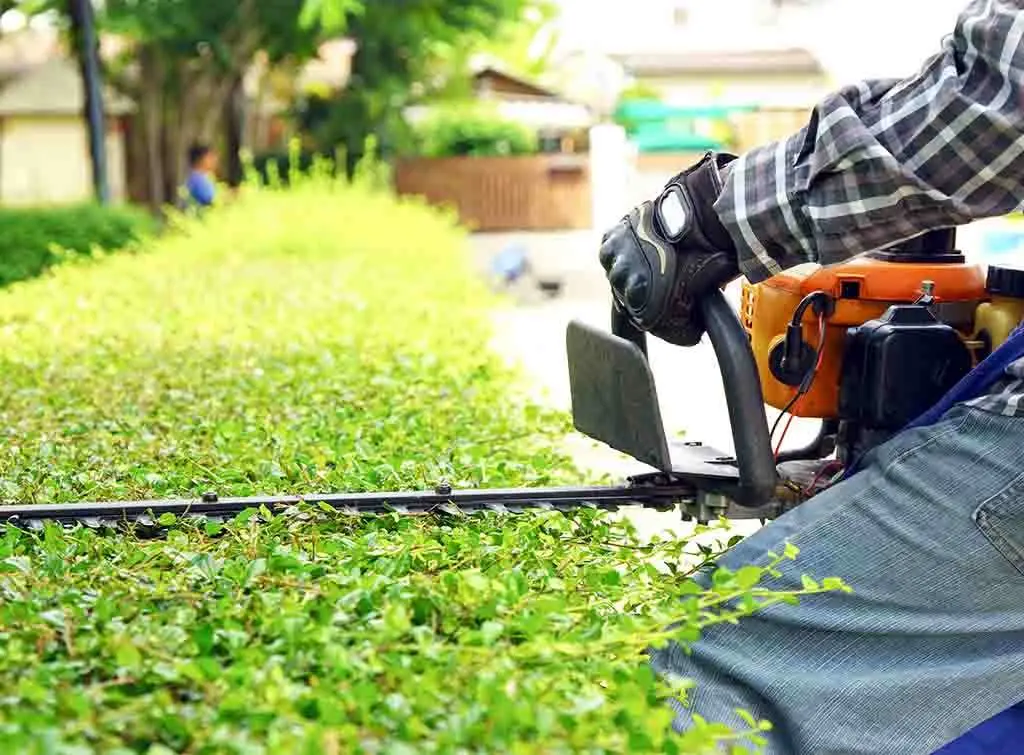
Follow these privet hedge trimming tips to keep your hedge in tip-top condition:
Trim your privet hedge at least twice a year (once in early spring and again in late autumn) to promote healthy growth
Young privet hedges can be trimmed several times a year
Remove dead, diseased, or damaged branches and trim back overgrown branches
Start trimming at the top of the hedge and work your way down
Cut stems at a 45 degree angle just above a leaf bud
Avoid trimming during nesting season (March to August) and check for nesting birds before you start
Wear gardening gloves and use a sturdy ladder. Avoid using power tools above shoulder height
Here are some other privet hedge care tips:
Prune 2 - 3 times a year
Water regularly during dry spells
Fertilise in spring and summer
Add sulphur if the soil pH is too high, or lime if it's low
Ensure the soil is well-draining
Add organic material to improve soil quality
Why regular maintenance is important
Removes excess growth to let sunshine and moisture in
Keeps hedges in shape and looking good
Encourages new growth and thick foliage
Helps prevent diseases and pests
Helps privet hedges live longer
Provides food and shelter for birds and bees
Why hire a professional for privet hedge problems?

It's worth seriously considering hiring a trusted gardener to tackle privet hedge problems.
Some of the benefits of hiring a Checkatrade professional include:
Expertise in identifying and treating problems
They will have specialist tools and treatments
Save you time and hard graft
Reduces the risk of further damage
FAQs
Why is my privet hedge turning yellow?
Yellowing leaves can be caused by pests, fungal disease, nutrient deficiency and overwatering. Soil that is too alkaline and root rot can also cause the leaves to turn yellow or drop.
Get in touch with a professional gardener who can help diagnose and fix the issue.
How can I get rid of privet sawfly larvae?
You can prune infested branches and use organic insecticides to remove larvae. Sawfly larvae are caterpillar-like insects that feed on a variety of plants, including privet.
How do I prevent powdery mildew on my privet hedge?
Thin and prune hedges to improve air circulation and apply a sulphur-containing organic fungicide. Potassium bicarbonate can kill powdery mildew spores.
The minute you see signs of powdery mildew, it's important to remove the infected leaves and stems.
Can privet hedges survive severe pruning?
Yes, privet hedges are really hardy and can recover from severe pruning if done correctly. Late winter or early spring are the best times.
When is the best time to trim my privet hedge?
Privet hedges should be trimmed twice a year: once in spring before the plant produces new shoots and again in late autumn to maintain the shape and appearance.
If you still need help with how to fix privet hedge problems, it's time to get in touch with a recommended gardener in your area.
Pop you postcode in the search bar below and find trusted professionals who can identify and treat the problem.
See the tradespeople we've checked and recommend for your job
More Expert Advice Articles
See the tradespeople we've checked and recommend for your job
